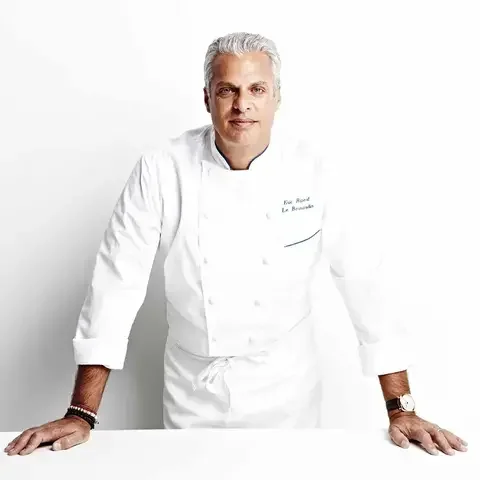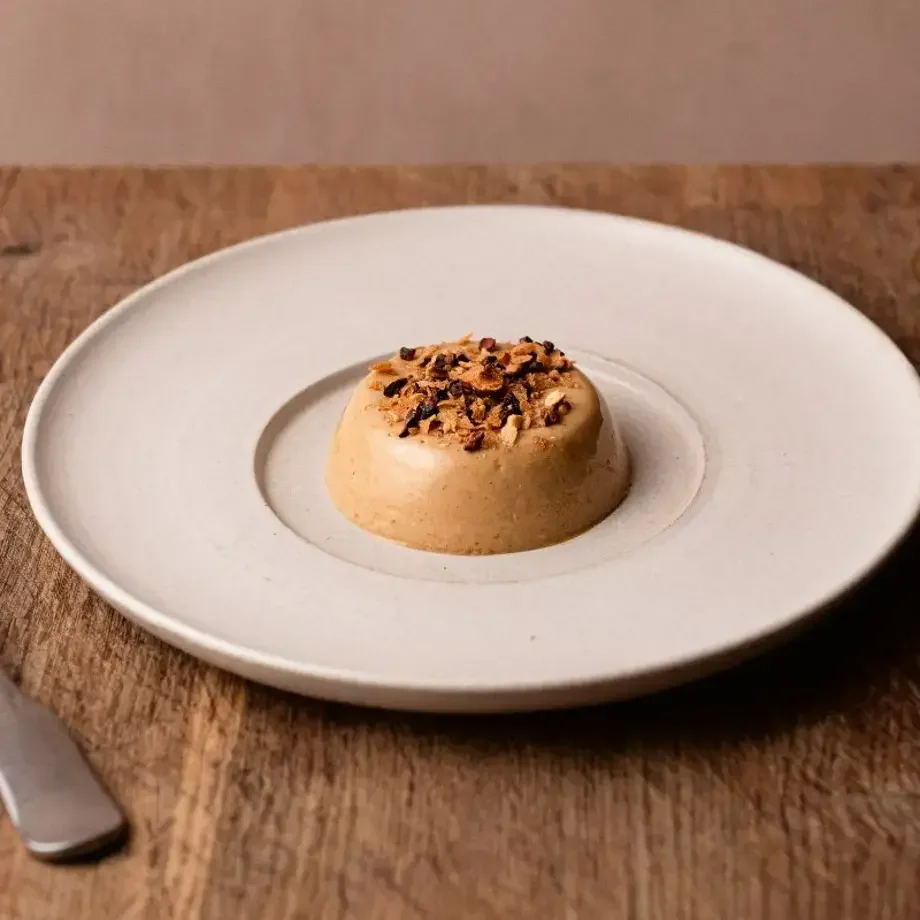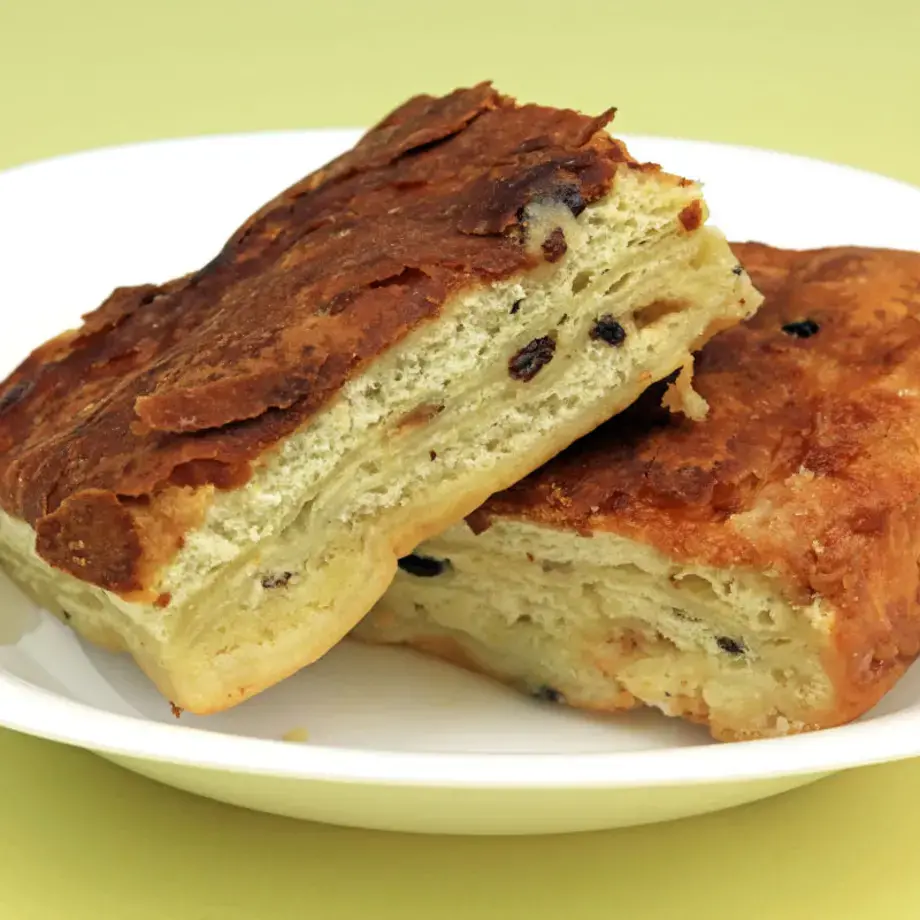
Peppered venison salad
05 Sep 2024
Ingredients
Venison loin: 2.2 lbs/1 kg
Black peppercorns: 1 tbsp
Pink peppercorns: 2 tbsp
Star anise: 1
Juniper berries: 1 tbsp
Dijon mustard: 1 tbsp
Walnut oil: 1/2 cup/120ml
Rapeseed oil: 2/5 cup/100ml
Dijon mustard: 1 tbsp
Cabernet sauvignon vinegar: 2/5 cup/100ml
Fresh figs: 6
Red wine: 4/5 cup/200ml
Ruby port: 4/5 cup/200ml
Soft brown sugar: 7 oz/200g
Fresh ginger: 1.8 oz/50g
Star anise: 2
Cardamom pods: 6
Cloves: 2
Roast pecan nuts: 8.8 oz/250g
Selection of bitter leaves (red and white chicory, radicchio, frisse, Castelfranco)
Chef Adam Smith’s peppered venison salad recipe is a great dish for a crowd and worth the extra effort to prepare.
How to prepare venison salad
01.
For the peppered venison loin
- Roast the peppercorns, star anise, and juniper berries in a dry pan, then into a pestle and mortar and crush them to a coarse powder.
- Season the venison loin with salt and sear in a hot pan, remove from the pan brush all over with the Dijon mustard and roll in the crushed spices.
- Cook in the oven at 356°F/180°C until a core temperature of 118°C/48°C is achieved.
- Remove from the oven and allow to rest at room temperature.
02.
For the dressing
- Whisk the Dijon mustard and the vinegar together in a round bottomed bowl.
- Combine the two oils and slowly add to the bowl ensuring to continually whisk so to emulsify the dressing.
- Season with salt and pepper to taste.
03.
For the port roast figs
- Thickly slice the ginger and crack the cardamom pods and place into a pan with the cloves, star anise, soft brown sugar, red wine and port.
- Bring to the boil and reduce to a syrup.
- Pass through a fine sieve.
- Score the figs and drizzle in the syrup.
- Place into an over at 356°F/180°C and cook for around 4-5 min. The timing will differ depending on the ripeness of your figs, you want them soft and sticky but still able to hold their shape.
04.
To serve
- Pick down and wash all the bitter leaves in ice cold water, if you have a salad spinner, spin them dry.
- Place the washed salad with ½ of the pecan nuts into a large salad bowl and dress generously with your walnut oil dressing.
- Arrange these into your serving bowl.
- Slice your peppered venison about 5mm thick then place on the top with the roast glazed figs.
- Add the other ½ of the pecan nuts on top and add a little extra dressing if desired.
- This is a great sharing dish for a dinner party starter or a light picnic lunch.










